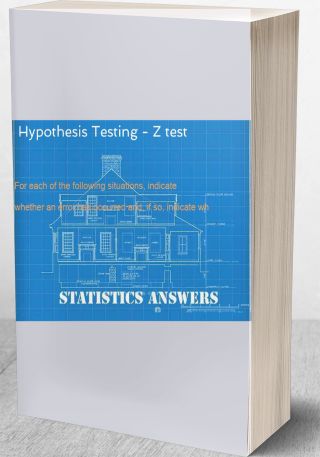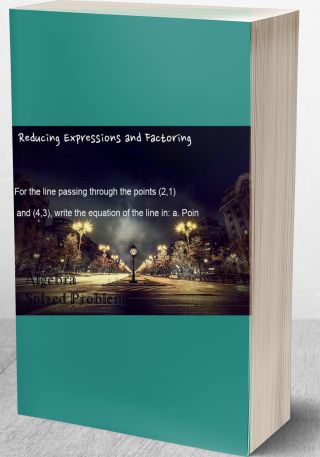Solution) A confidence interval is constructed around a sample mean by multiplying the z, either 1.96 or 2.58
Question: A confidence interval is constructed around a sample mean by multiplying the z, either 1.96 or 2.58, by the standard error, then adding it to the mean on one side and subtracting it from the mean on the other side.
__
X +/- 1.96 x (standard error) ( this is the 95% confidence interval)
__
X +/- 2.58 x (standard error) (this is the 99% confidence interval)
A computer paper manufacturer has a production process that operates continuously throughout a production shift. The paper produced has an average length of 11 inches. The standard deviation is 0.02 inch. Every so often, samples are taken to determine whether the average paper length is still equal to 11 inches or whether something has gone wrong to change the length. A random sample consisting of 100 sheets showed the average(mean) to be 10.998 inches.
Calculate the standard error of the mean (standard deviation divided by the square root of N), then construct a 95% confidence interval (use 1.96 z) around the sample mean of 10.998 inches. Is the population mean of 11 included in the interval? If not, the sample mean differs significantly from the standard, the average length of 11 inches, i.e., something has gone wrong to change the length. If 11 is included in the interval, the sample mean does not differ significantly from it, the process is under control.
Deliverable: Word Document


![[Solution] A large chain book store wanted to target its customers. They decided to see whether purchases of co #7495 Confidence Intervals](/images/downloads-images/featured/Statistics-question-7494.jpg)


![[Solved] A company is considering a switch to a new supplier for semiconductor chips. It was decided that a s #17797 Hypothesis Testing](/images/downloads-images/featured/Statistics-question-1637.jpg)

